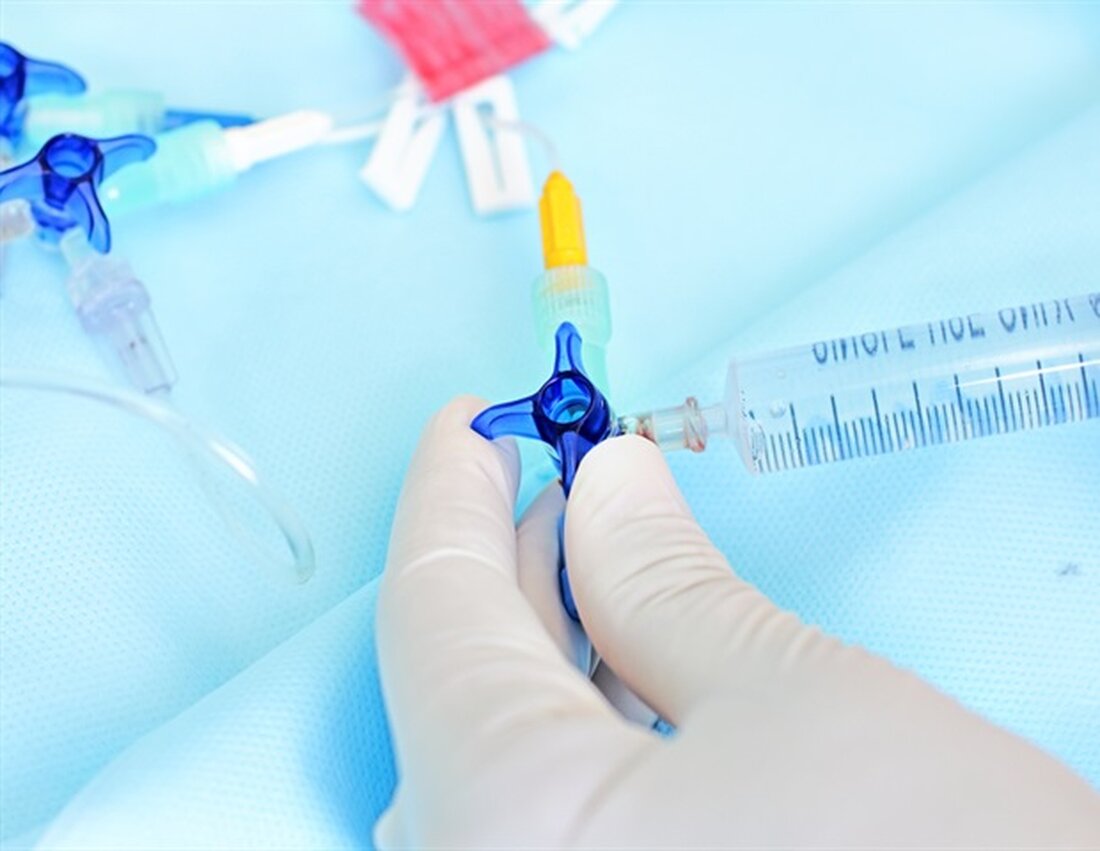FUSCLEAN technology enables preventative cleaning of catheters and valves in patients with hydrocephaly
Researchers from the University of Seville and the Virgen del Rocío University Hospital have published the results of the first successful test of a new technology designed to prevent blockages in catheters and valves (shunts) implanted in the brains of patients with hydrocephalus. Early diagnosis and treatment of this complication represents a significant medical challenge as there are currently no technologies or prevention protocols to prevent it. Over time, the complication affects a significant majority of patients with hydrocephalus and implanted shunts. It is estimated that there are around 6,000 to 10,000 people (adults and children) with hydrocephalus in Andalusia alone. The …

FUSCLEAN technology enables preventative cleaning of catheters and valves in patients with hydrocephaly
Researchers from the University of Seville and the Virgen del Rocío University Hospital have published the results of the first successful test of a new technology designed to prevent blockages in catheters and valves (shunts) implanted in the brains of patients with hydrocephalus.
Early diagnosis and treatment of this complication represents a significant medical challenge as there are currently no technologies or prevention protocols to prevent it. Over time, the complication affects a significant majority of patients with hydrocephalus and implanted shunts. It is estimated that there are around 6,000 to 10,000 people (adults and children) with hydrocephalus in Andalusia alone.
The experiments, carried out as part of a European project called FUSCLEAN, demonstrated the technology and showed that concentrated ultrasound waves emitted from outside the body can dislodge materials from inside shunts implanted in the brains of patients with hydrocephalus in a controlled manner. FUSCLEAN technology allows preventative cleaning of catheters and valves without affecting the brain or other areas of the body.
The study was recently published in the journal Operative Neurosurgery. The concept and technology were designed and developed by Emilio Gómez, Professor of Applied Physics at the Superior Technical School of Engineering of the University of Seville, in collaboration with Javier Márquez, neurosurgeon of the Department of Neurosurgery of the Virgen del Rocío University Hospital and the Biomedical Institute of Seville (IBIS) and Associate Professor at the University of Seville.
This research includes 3D numerical simulations, experiments with real catheters and valves in mannequins and laboratory models.
A technology for a relevant disease
Hydrocephalus is a highly relevant neurological disease. If left untreated, the disease is fatal. In most cases (80%), treatment involves implanting a system of CSF shunts (using a catheter and valve) into a distal cavity (typically the peritoneum). However, complications are common and difficult to predict. Most commonly, obstruction to flow occurs through the implanted catheters and valves, requiring immediate neurosurgical treatment due to the risk of severe neurological damage and even death. These complications have a profound social impact on the quality of life of patients, their families and caregivers and are associated with high financial costs.
The FUSCLEAN technology allows the development of a personalized preventive treatment according to the individual's condition and his shunt, which could be planned as part of the patient's regular check-ups.
The only Andalusian project selected
The concept and design of the project began within the framework of a European program of high impact and impact (ATTRACT program) led by CERN, the aim of which was to develop innovative technologies for science and society. More than 1,200 proposals from 40 countries were submitted for this program; FUSCLEAN was the only Andalusian project selected for funding.
The implementation of the research is also supported by the Government of Andalusia through the Andalusian International Excellence Campus-Tech of the Universities of Málaga and Seville in the areas of health and social well-being, as well as through collaboration with the Foundation for Innovation and Prospective Health Spain (FIPSE) and Technological Corporation of Andalusia (CTA), in charge of technology transfer.
Source:
Reference:
Gomez-Gonzalez, E., et al. (2022) Non-contact ultrasound cavitation for the prevention of shunt obstruction in hydrocephalus: A proof-of-concept study. Operative neurosurgery. doi.org/10.1227/ons.0000000000000372.
.

 Suche
Suche
 Mein Konto
Mein Konto
